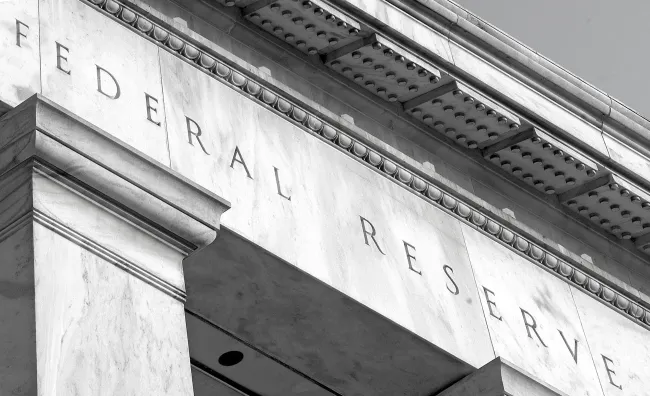Policy Rate
The policy interest rate is the rate set by the central bank as a short-term interest rate. It is used by the central bank to charge commercial banks when they borrow money or pay commercial banks when they deposit money with the central bank. It also serves as the lending rate between banks.
“The policy interest rate thus acts as the baseline interest rate of the economy.”
Federal Reserve
System 🇺🇸
4.50%
Changed: Dec 18, 2024
European Central
Bank 🇪🇺
2.65%
Changed: Mar 6, 2025
People’s Bank
of China 🇨🇳
1.50%
Changed: Sep 27, 2024
Bank of
Japan 🇯🇵
0.50%
Changed: Jan 24, 2025
Bank of
England 🇬🇧
4.50%
Changed: Feb 6, 2025
Reserve Bank of
Australia 🇦🇺
4.10%
Changed: Feb 19, 2025
Swiss National
Bank 🇨🇭
0.25%
Changed: Mar 20, 2025
Bank of
Canada 🇨🇦
2.75%
Changed: Mar 12, 2025
Hong Kong Monetary
Authority 🇭🇰
4.75%
Changed: Dec 19, 2024
Bank of
Korea 🇰🇷
2.75%
Changed: Feb 25, 2025
Central Bank of the
Republic of China 🇹🇼
2%
Changed: Sep 19, 2024
Bank of
Thailand 🇹🇭
2.00%
Changed: Feb 26, 2025
| India 🇮🇳 | 6.25% | Feb 2025 |
| Brazil 🇧🇷 | 14.25% | Jan 2025 |
| Mexico 🇲🇽 | 9.50% | Feb 2025 |
| Sweden 🇸🇪 | 2.25% | Jan 2025 |
| Norway 🇳🇴 | 4.50% | Dec 2023 |
| Indonesia 🇮🇩 | 5.75% | Jan 2025 |
| Philippines 🇵🇭 | 5.75% | Dec 2024 |
| Vietnam 🇻🇳 | 4.50% | Jun 2023 |
| Saudi Arabia 🇸🇦 | 5% | Dec 2024 |
| UAE 🇦🇪 | 4.40% | Dec 2024 |
The U.S. policy interest rate represents the upper bound of the Federal Funds Rate target range set by the Federal Reserve.
The Chinese policy interest rate is based on the 7-Day Reverse Repo rate, which the People’s Bank of China intends to use as the main policy rate instead of the Medium-Term Lending Facility (MLF).
The policy interest rates of these central banks are automatically updated every Saturday from reliable sources. However, we do not take responsibility for any errors that may occur. The content of this website is for informational purposes only and is not intended as financial advice. Any decisions you make based on the information provided are at your own risk.
Know more about the Policy Rate
- Fundamentals of the Policy Rate
- Impacts of Policy Rate adjustments
- Factors leading to Central Bank’s Policy Rate adjustments
Subscribe Now
Stay in the loop with everything you need to know.

